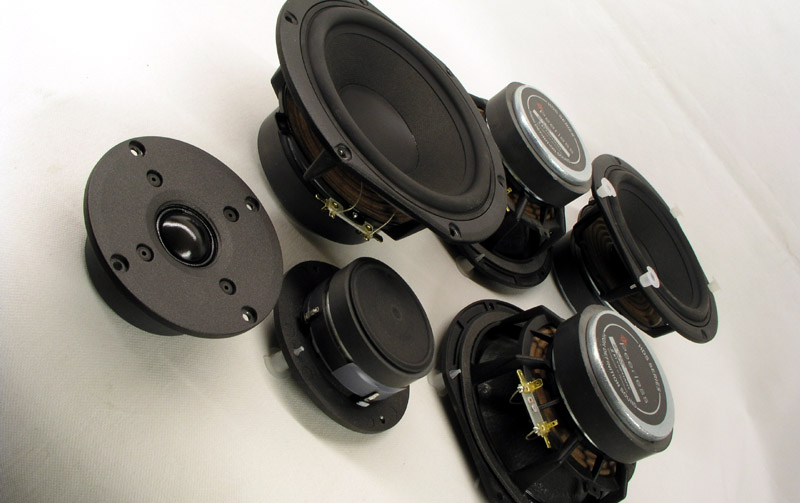I've heard these phrases thrown around quite a lot - I'm not sure I understand the acoustic roll off, people seem to mention it but I can't see it in the measurements?
What am I missing?
I'm building an active crossover, so would a 4th order crossover with a driver that exhibits 2nd order acoustic rolloff work as a 6th order slope? Or does it not work like that?
What am I missing?
I'm building an active crossover, so would a 4th order crossover with a driver that exhibits 2nd order acoustic rolloff work as a 6th order slope? Or does it not work like that?





 ).
).
Comment